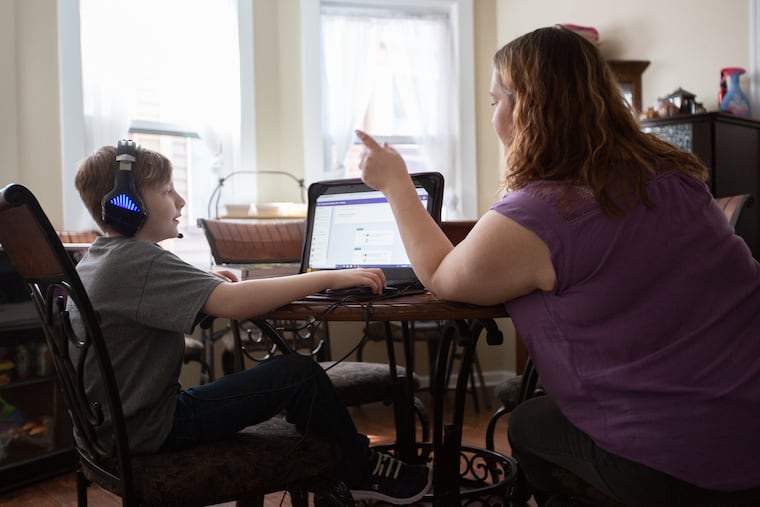When it comes to cyber charters, doing nothing is not an option | Editorial
The most troubling finding is that cyber charters show overwhelmingly negative results in academic growth of students. But this is not exactly news.

Public education isn’t simple. Funding it, delivering it, making it equitable for all, are all tough problems to solve.
So why ignore education problems that have simpler solutions? Cyber charter schools is one of the biggest.
A new report on charter school performance in Pennsylvania raises the latest red flag about cyber charters, showing that this sector of education – that educates over 30,000 students and represents $463 million in spending is not only not bringing improvements, but actually making the situation worse.
The Stanford University Center for Research on Education Outcomes (CREDO) report is an update of a 2011 report that delves deeply into student performance in math and reading and assesses how charters are faring.
The results are mixed at best; brick and mortar charter schools are showing gains for some students over traditional public schools in math and reading, similar performance for some, and negative performance for other students. The clearest, and most troubling finding is that cyber charters show overwhelmingly negative results in academic growth of students.
This is not exactly news. Since cybers were authorized in 2002, there have been questions about the money being poured into the sector, the lack of oversight, and the questionable academic performance.
Harrisburg lawmakers are partly responsible for failing to take charter education reforms seriously. The most recent package of bills being considered would grant more autonomy to charters without more accountability. (Don’t they read research reports?)
Governor Wolf also has a role to play. For example, cybers are authorized by the state Department of Education. The governor’s office claims that the department has increased oversight in the past year. But as the CREDO report points out, cyber school enrollment has seen a 75 percent increase in the four years since 2006-2007. Why such dramatic expansion in a sector that has been crying for increased scrutiny for years? The Governor is also responsible for populating the state Charter Appeals board, which renders decisions on school closures; the terms for six of the seven members have long expired, and the last seat is vacant.
The cyber charter school problem is by no means limited to Philadelphia. Small and rural school districts are hit hard by cyber charter payments. The cyber funding formula, which provides the same per student tuition as brick and mortar schools despite the lack of overhead is outright unfair. That formula was blasted by Auditor General Eugene DiPasquale in a series of reports, including a 2016 audit of cyber charters
So again, none of these findings are surprising. What is surprising is we keep accepting the same results.
The authorizing legislation that allowed charter schools dates back 22 years, with the main change being to allow cyber charters. Charter education can no longer be considered an experiment in finding education alternatives; it’s a full-fledged industry with few controls. The cyber school segment of this sector is tainting the value of those charters that are successful. Worse, we’re spending nearly half billion dollar a year to damage children’s academic growth, and we seem perfectly content to continue doing it.